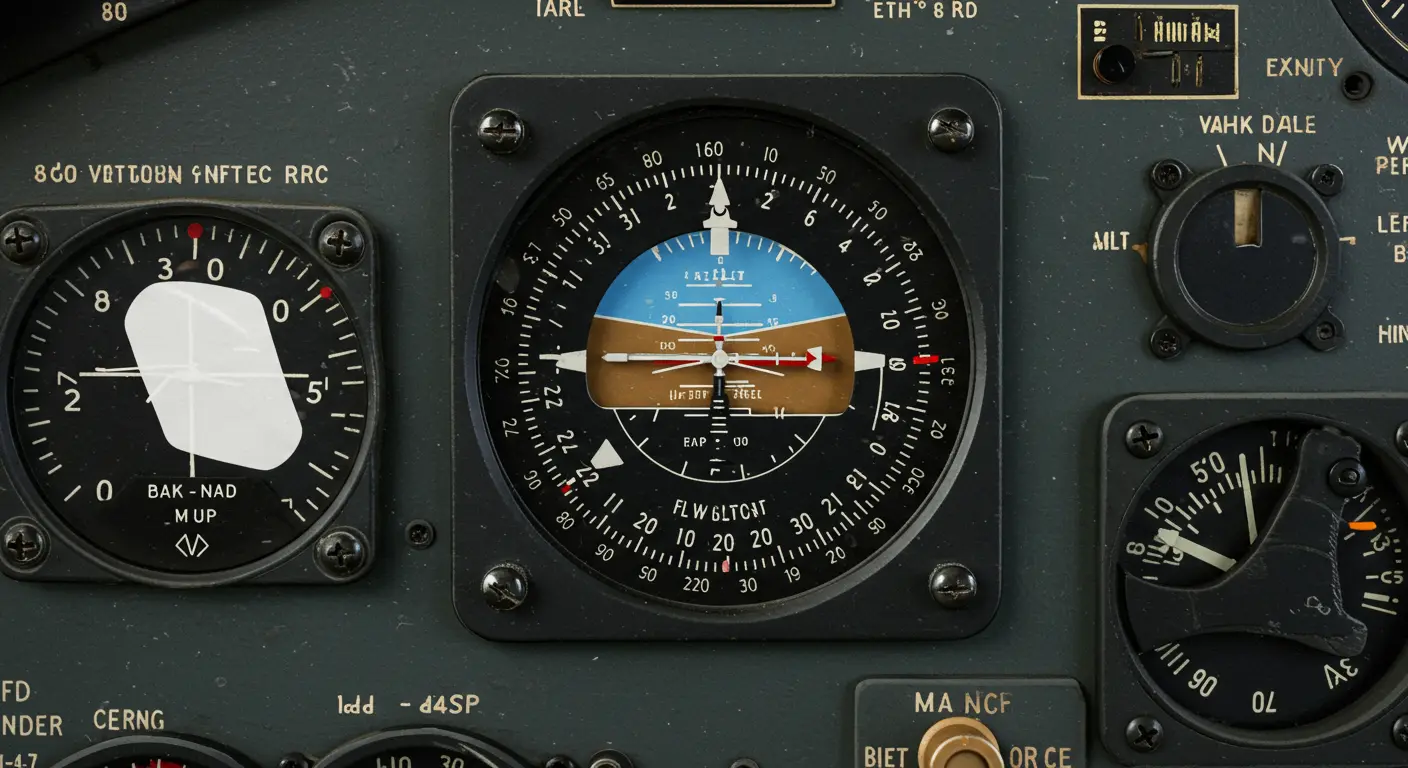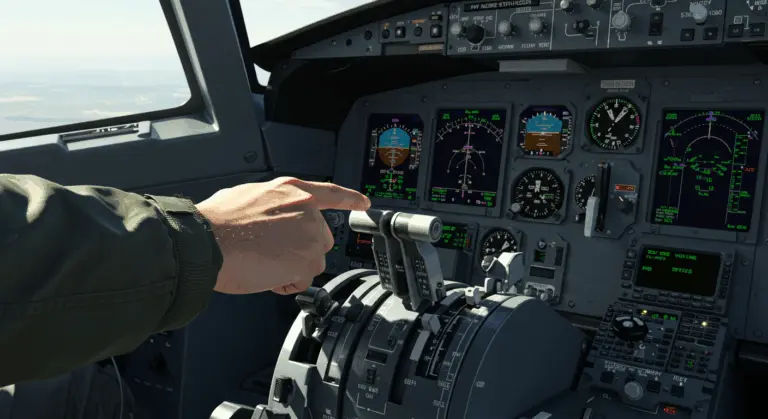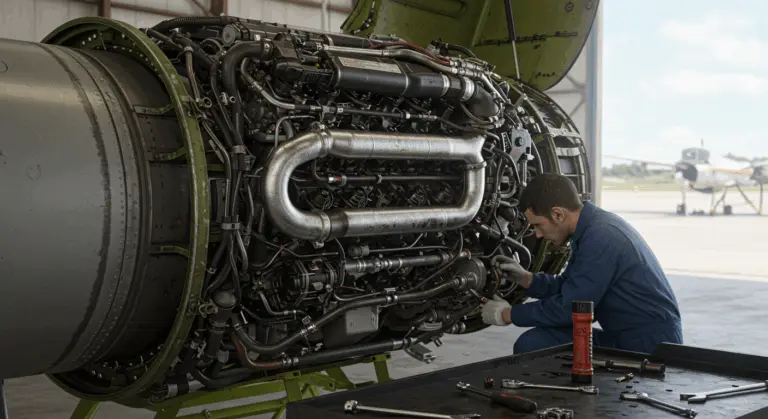Understanding Attitude Indicators and Bank Angles
What is an Attitude Indicator?
The attitude indicator (AI), also known as an artificial horizon, is a flight instrument that reveals an aircraft’s orientation relative to the Earth’s horizon. This instrument It provides an immediate, intuitive display of both pitch (nose up or down) and bank (roll left or right), serving as the pilot’s primary reference for spatial orientation—especially important when visibility deteriorates or clouds obscure the natural horizon.
How Bank Angles are Measured
Bank angles are measured using the bank index scale positioned at the top of the indicator. This scale provides a precise visual reference for the degree of tilt.
This measurement relies on gyroscopic principles. Gyroscopes maintain their orientation in space regardless of the aircraft’s movement, creating an unwavering reference point. As the aircraft banks left or right, the gyroscope stays fixed in its original position. This allows the attitude indicator to display the difference between the aircraft’s current attitude and level flight—a difference that pilots interpret as the bank angle.
Reading Bank Angles on the Indicator
To read the bank angle, pilots observe where the miniature aircraft symbol aligns with the bank index scale at the instrument’s top.
This scale typically features markings at 10, 20, 30, 45, and 60 degrees on both sides. When the index points to the 30-degree mark on the right, for instance, the aircraft is executing a 30-degree right bank.
This measurement represents the angle between the aircraft’s roll axis and the horizon. This precision allows for accurate maneuvers like standard-rate turns, which typically require 3 degrees per second of bank.
Common Errors in Attitude Indicators
Despite their reliability, attitude indicators can fall victim to several common errors:
Modern Developments in Attitude Indicators
The evolution of attitude indicators has undergone significant technological advancement. Traditional instruments relied on vacuum-powered mechanical gyroscopes, but modern glass cockpit systems have changed how this critical flight information is gathered and displayed.
Today’s electronic attitude indicators draw data from sophisticated solid-state systems that avoid the problems of mechanical instruments. These advanced systems include:
The AIRS forms the foundation of modern attitude technology. By combining accelerometers, rate gyros, and magnetometers, it delivers exceptionally accurate 3D orientation data—even during the most demanding maneuvers.
Glass cockpit displays combine this data into Primary Flight Displays (PFDs), enabling pilots to monitor attitude, airspeed, altitude, and heading on a single, comprehensive screen. Many systems go further, featuring synthetic vision that overlays a 3D terrain view on the display—greatly improving situational awareness in instrument conditions.
The Importance of Bank Angles in Flight
Understanding and properly managing bank angles is essential for safe and efficient flight. Here’s why this matters:
Bank angles directly dictate an aircraft’s turning performance—steeper banks yield tighter turn radii. Pilots must master this relationship to navigate with precision, particularly when maneuvering in confined airspace or executing specific flight procedures.
Safety considerations become paramount during low-altitude operations. Excessive banking in a sideslip, for example, could result in a wing or engine striking the ground—especially hazardous in crosswind conditions.
Bank angles also significantly affect the physiological experience of flight. Banks exceeding 30 degrees dramatically increase G-forces on both aircraft and occupants. At 60 degrees of bank, occupants endure twice the force of gravity—a load that can compromise comfort, spatial orientation, and even the pilot’s ability to maintain precise control.







